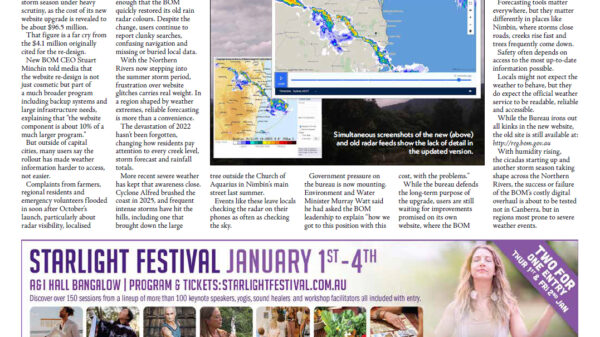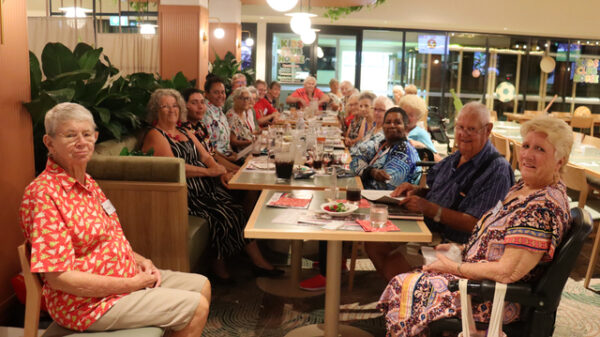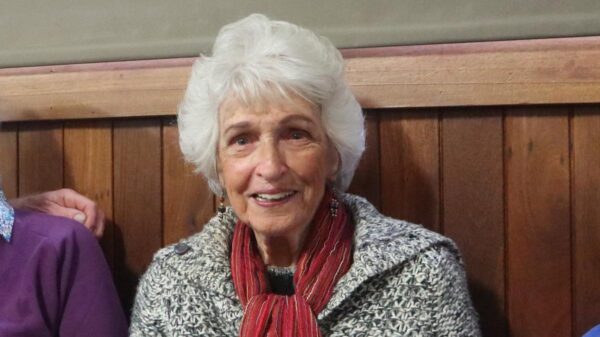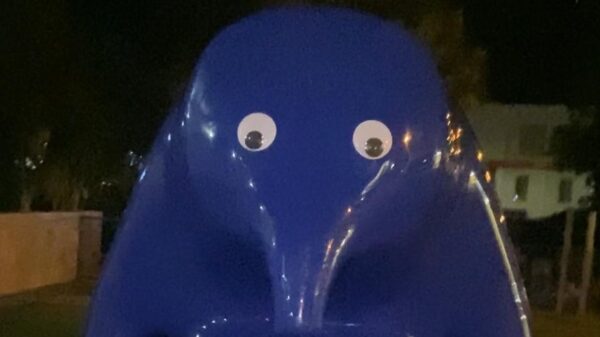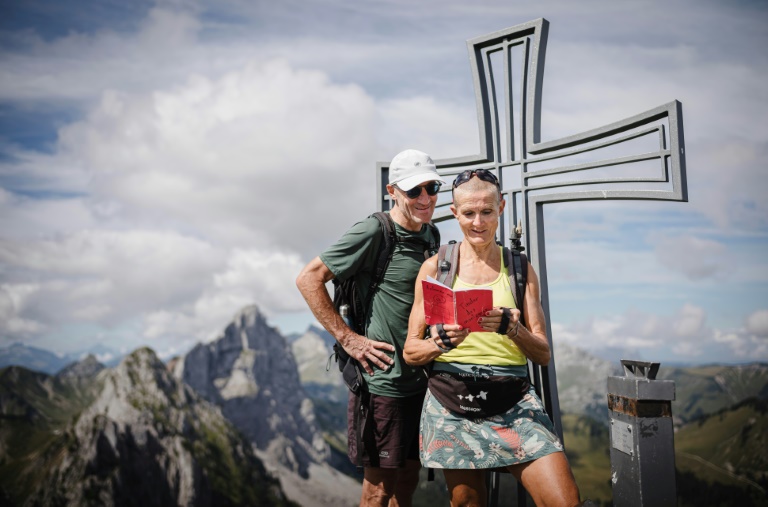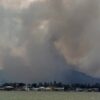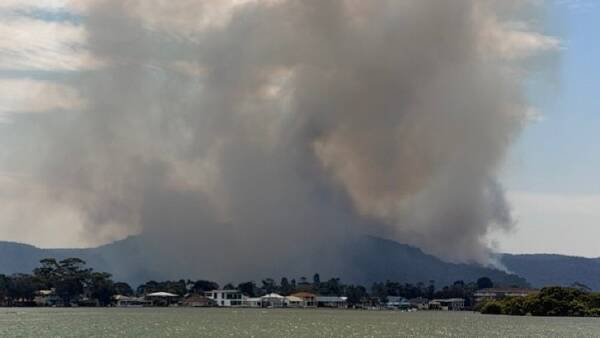A unique dating initiative known as “Mountain Tinder” has emerged in the Swiss Pre-Alps, allowing romantics to connect in an unconventional way. The concept, launched in 2023 by avid hiker Thibaud Monney, involves leaving messages in red notebooks placed at various mountain summits. The initiative has already led to several successful romantic pairings.
During a recent hike in the western Swiss canton of Fribourg, Cathy Rotzetter, 58, recalled how she met her partner, Patrick, through this innovative approach. “It was just a beautiful way to meet,” she said, reflecting on the message she left atop Wandflue peak, which stands at an altitude of 2,133 metres (6,998 feet). Tired of online dating, she found the idea refreshing and engaging.
On a whim, last October, Rotzetter wrote about her love for relaxed hikes and the enjoyment of a drink afterward, signing her name in the notebook she discovered. A week later, Patrick, also 58, found her note and was intrigued by the concept.
Monney’s inspiration for Mountain Tinder stemmed from a personal experience while hiking Dent de Broc, overlooking the scenic Lake of Gruyere. He realized he longed for someone to share the view with, prompting him to leave a message in a visitor’s book. This lighthearted idea quickly evolved when colleagues suggested he create dedicated notebooks for potential couples.
The initiative has gained traction, with Monney placing notebooks on seven peaks in Fribourg, swapping them out as they fill up. He has received feedback from couples across Switzerland and even as far as Argentina, all inspired by the Mountain Tinder concept. “It is nice to make someone happy,” Monney expressed, noting that he feels proud when he hears of successful matches.
The notebook located at La Vudalla peak, which reaches 1,669 metres, is particularly popular. Messages range from simple introductions to more specific interests, such as one seeking someone who enjoys “sports, metal, and tattooed women.” Monney explained that the idea is straightforward: anyone who contacts another person through the notebook has already shared the experience of reaching the peak, indicating a mutual appreciation for nature and the outdoors.
Rotzetter’s first date with Patrick exemplified the success of this method. Their winter outing involved a scenic walk that concluded with a picnic, during which she appreciated that Patrick kept pace with her. “I wasn’t looking for someone I had to run after,” she stated, emphasizing how walking together can provide valuable insights into a person’s character.
Monney prefers his system over traditional online dating apps, which he abandoned a decade ago. “I didn’t like the idea of choosing a person based on a picture and swiping left or right,” he said. Mountain Tinder, in contrast, requires participants to physically reach a peak, creating a natural filter based on age and fitness levels.
The challenges of various mountain trails also contribute to this filtering process. While La Vudalla is accessible for older individuals or those less physically fit, the more demanding Vanil de l’Ecri at 2,376 metres attracts only the fittest hikers.
Monney himself has experienced love through the Mountain Tinder phenomenon, although not by leaving a message. He met his partner after she saw him on television discussing the project. “She got in touch, and now I am happy,” he shared, underscoring the initiative’s potential for fostering genuine connections.
As more individuals engage with this innovative approach to dating, the impact of Mountain Tinder on romantic relationships in the Swiss Alps continues to grow. Monney’s initiative not only promotes companionship but also encourages appreciation for the natural beauty of the region, proving that love can indeed blossom in the most unexpected places.


























